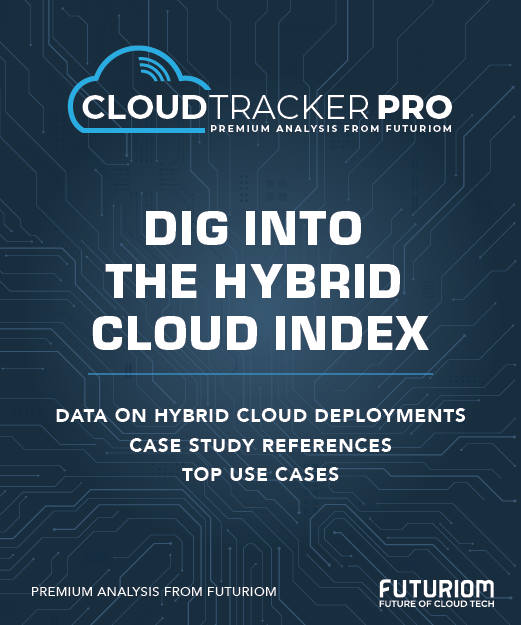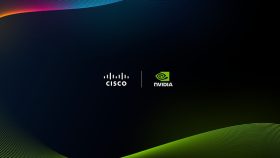MCP for AI is Hot. But Where's the Security?

The model context protocol (MCP) is a huge topic in AI, but its presence felt subtle at this week's RSAC 2025 Conference. Companies are eager to talk about MCP, but the security discussion feels like it's just beginning to stir.
That reflects how new MCP is. The protocol attempts to standardize how agents and large language models (LLMs) can communicate with data sources, and while it has gone viral, it's still a new toy that people are figuring out. Multiple vendors used the show to launch their own MCP servers, among them Versa Networks (a member of the Futuriom 50) and security specialists including AppOne, Backslash, and Salt Security.
But having a server simply beings being able to accept MCP communications. As we'll discuss below, MCP is about scaling, not security. The next step, then, is to ensure that this scaling happens securely, keeping within the limits of authorized policy.
One company tackling that issue is Teleport (another Futuriom 50 member), which this week announced that its security platform will now secure MCP as well. The company demoed the concept on the RSAC expo floor but noted that the product is new and will be made available in the coming months.
Security for MCP Is New
To access the rest of this article, you need a Futuriom CLOUD TRACKER PRO subscription — see below.
Access CLOUD TRACKER PRO
|
CLOUD TRACKER PRO Subscribers — Sign In |






















